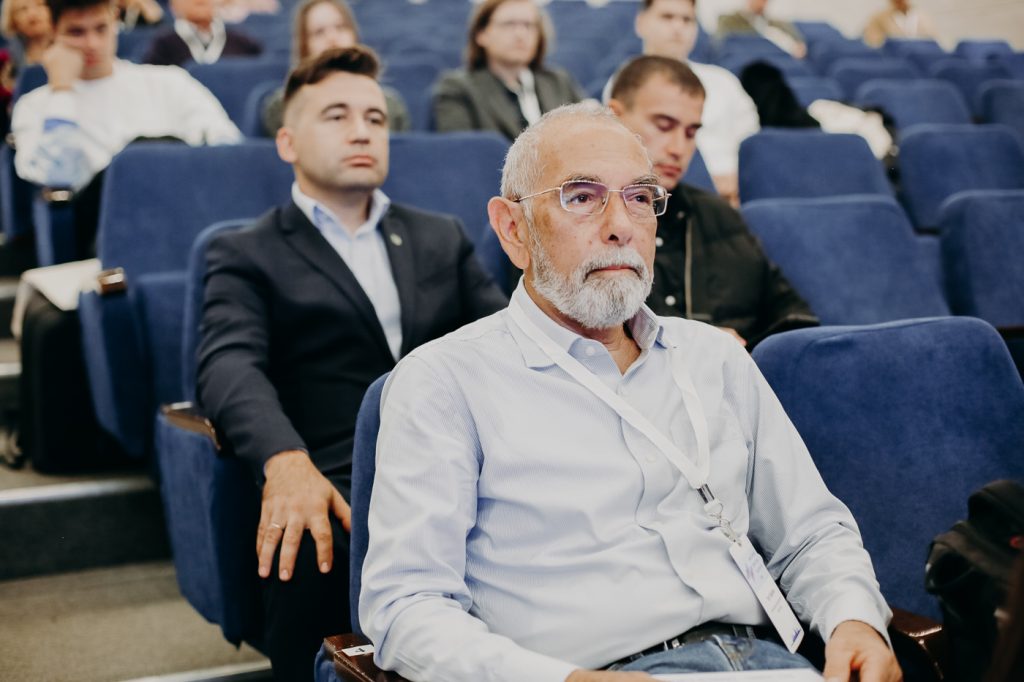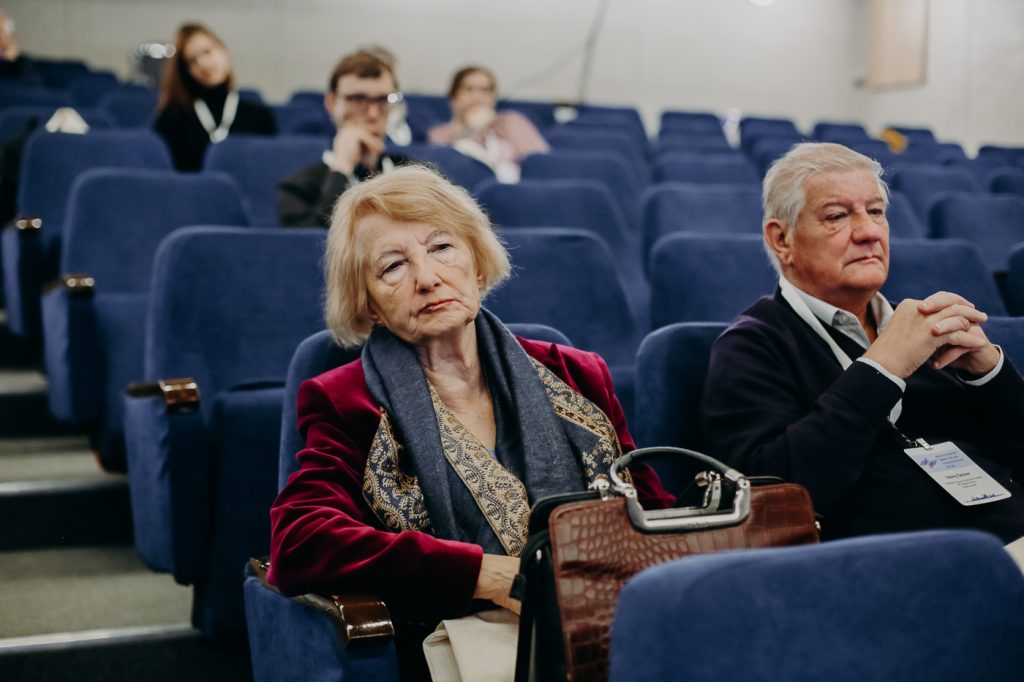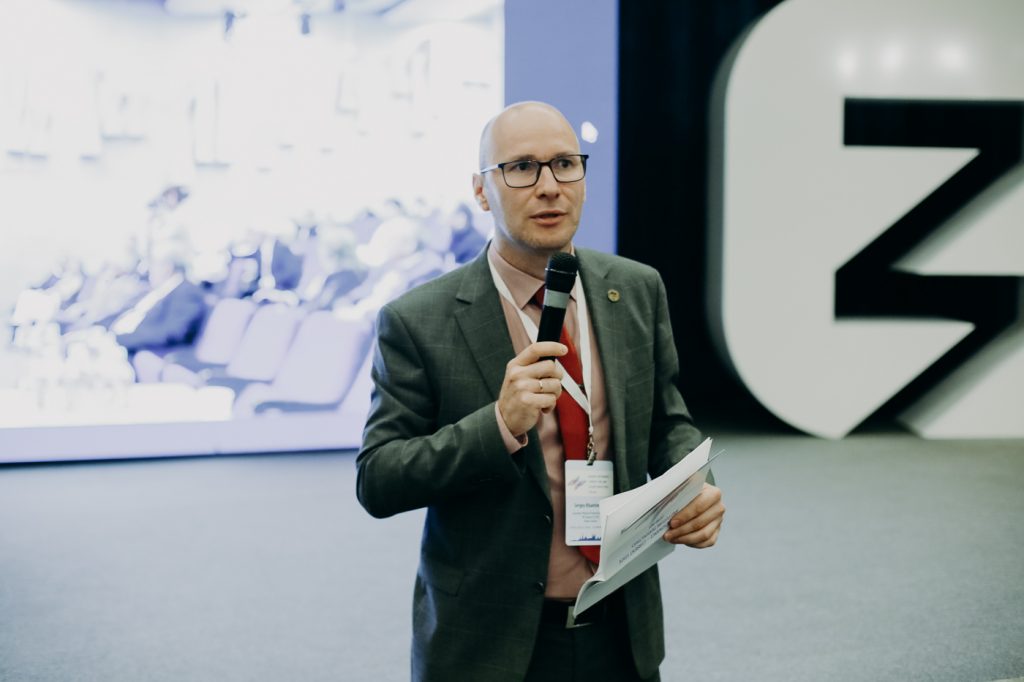KFU celebrating 80th anniversary of electron paramagnetic resonance with a conference




Magnetic Resonance – Current State and Future Perspectives conference started on 23 September.
The participants of the scientific event, which is held in a mixed format and brings together scientists from different countries, were welcomed by the First Vice-Rector, Chair of the Department of General Physics Dmitrii Tayurskii, Director of the Institute of Physics Marat Gafurov, Director of the Kazan Scientific Center of the Russian Academy of Sciences Alexei Kalachyov, Academician of the Russian Academy of Sciences Kev Salikhov, and Director of the Kazan Physical-Technical Institute Sergei Khantimerov.
“The humankind now had an opportunity to look at the environment of the atom from the inside,” said Dr Tayurskii about Yevgenii Zaoviskii‘s milestone discovery amid wartime hardships in 1944.
He noted that electron paramagnetic resonance is one of the most important discoveries in physics of the 20th century. Without it, for example, there would be no magnetic resonance tomography.
“Today we see that completely new areas of condensed matter physics research are emerging, and in each of these areas magnetic resonance finds its unique place, allowing us to obtain unique information,” noted Tayurskii. “It is always on the cutting edge of science. This is probably the most paradoxical, the most interesting, the most powerful meaning of what we call magnetic resonance today.”
The Vice-Rector emphasized that the priority of the Kazan school of magnetic resonance is recognized worldwide.
The conference is joined by more than 250 scientists and students, including about 40 representatives of foreign countries.
According to Marat Gafurov, the scientific event will tackle issues related to the application of magnetic resonance in quantum technologies, medical physics, in the research of chemical and biological systems, as well as reports on the development of the theory and technique of magnetic resonance. In addition, research in Mössbauer spectroscopy will be presented.
“Evgeny Konstantinovich Zavoysky is a graduate of Kazan University, associate professor of the Department of Experimental Physics of Kazan University, and it was at our university that he made an outstanding discovery,” said M. Gafurov. “The conference will be held on September 23-27 and will include a large number of events. Tomorrow, the Academy of Sciences of the Republic of Tatarstan will host the ceremony of awarding the Zavoiskii International Prize to two outstanding scientists. One of them is Anatolii Vanin from Moscow, who since the early 1970s is known for his scientific research related to the use of electron paramagnetic resonance in the study of biological systems. The second laureate is Robert Griffin from the Massachusetts Institute of Technology. He has been involved in research for many years, since the 1970s, in the development of electron paramagnetic resonance, nuclear magnetic resonance and dynamic polarization of nuclei at high frequencies in order to study biological objects. In addition, on September 27, Zavoiskii’s birthday, we will award the Kazan Zavoiskii Prize for Young Scientists at the closing ceremony of the conference.”
The XXIV International School-Conference on Modern Problems of Magnetic Resonance will be held in tandem with the aforementioned conference, where famous scientists will give lectures and young researchers will present their reports.

